A Turn of the Page
Fogbound thoughts on books, boats, and being there.
It comes in quickly, not “on little cat feet” as in the Carl Sandburg poem, but in a wall of gray that swoops in startlingly fast and blots out the sun. Luckily, I am just rounding the southeastern tip of Stockton Island when I see the fog bank approaching and race to beat it to the dock in Quarry Bay. Just as I cleat the bow line, it envelopes me, swallowing the sight lines until even the end of the dock is barely visible. Fogbound. There is no choice now. Snug in the harbor, I sit back to wait it out with coffee and a book.
I love books but don’t often read while out in the islands. There is too much to see and hear and experience firsthand, directly through my own senses rather than filtered by someone else’s words on paper. There is light to be chased and bear tracks in the sand to follow. There are caves to explore and trails to tread, birdsongs to listen for and cloud formations to decipher. But, for the moment anyway, none of that is possible. There is only fog. It isn’t safe in this little boat to venture out of the bay at least for now. Who can tell how long it will take the sun to bake off the cloak of fog and release the horizons? So, resigned to the wait, I slip on an extra layer of fleece, open the coffee thermos and snap open the lid on my onboard book box.
There is some solace to be had at moments like this and it comes in the form of a lesser-known artifact of literary history among these islands: lighthouse library boxes.
At any of the Apostle Island lights, as with most of the nation’s light stations, the nearest library would be miles and miles away, often unreachable across treacherous waters. No Kindle, no podcasts, no internet, books for lighthouse keepers and their families would have been almost non-existent. In the early years, books were sometimes passed along to light stations by passing fishermen or left behind by infrequent visitors (I remember an entry in the Raspberry Island keeper’s logbook, “August 11th … first visitors of the season”) meaning it could be months between a new batch of reading materials. For lighthouse keepers, particularly those with families, books were precious and highly-sought after. They were treasures.
Then, in 1876 the Light-House Establishment began circulating “lighthouse boxes” — small, wooden cases with brass hinges - containing a sampling of books. A list of the titles was posted just inside the door with specific “check-out” procedures and entries on the condition of the books when checked out. Each edition was stamped inside as the official property of the LHE.
The selection in a Lighthouse Library Box ranged from fiction to how-to manuals and might include travel stories, books on health tips, and technical works on lighthouse issues, or gardening ideas.
An interesting story entitled “USLHE Traveling Libraries” from the Michigan Lighthouse Conservancy gives a sample of the titles that might have been found in a Lighthouse Library including the following:
— Willert, P. F., THE REIGN OF LEWIS XI. New York. c.1880. 300 p. Provides a connected, clear and full account of the events and the nature of the reign which left France a consolidated and powerful nation, fully prepared for the part she was destined to play in the great struggle of the next century.
— Lamont, James. SEASONS WITH THE SEA-HORSES; OR, SPORTING ADVENTURES IN THE NORTHERN SEAS. New York. 1861. 282p. Describes sailing and sporting adventures in the northern latitudes. Illustrated.
— Taylor, Bayard. AT HOME AND ABROAD – A SKETCH-BOOK OF LIFE, SCENERY AND MEN. New York. 1893. 500 p. Decorated cloth. With black-and-white engravings, etc.
— Duffy, Bella. THE TUSCAN REPUBLICS (FLORENCE, SIENA, PISA, AND LUCCA) WITH GENOA. New York. 1893. 456 p. Green decorated cloth. Part of The Story of the Nations Series, in which the story of each nation’s life is related, and its picturesque and noteworthy periods and episodes presented.
(photo credit: Michigan Lighthouse Conservancy)
Each box was numbered and would be left at one lighthouse for a specified length of time and then picked up by a lighthouse tender like the Amaranth to be brought to the next light station and replaced with a new box containing an entirely different batch of books. By 1885, it is estimated that over 420 of these “lighthouse libraries” were in service to the keepers and their families at light stations across the country, including the Raspberry Island Light here in the Apostles where an example is preserved and visible on lighthouse tours.
(Raspberry Island Lighthouse, Apostle Islands National Lakeshore)
(The Lighthouse tender Amaranth courtesy of the U.S. Lighthouse Research Catalog archives)
The Little Dipper is no lighthouse tender and my humble book bin is no lighthouse library, but I do keep a small selection onboard for days just like this, think of it as my own personal “lighthouse library.” So, in the spirit of that literary tradition, I offer a list of the books I carry with me into the islands:
— Feldman, James W. A Storied Wilderness: Rewilding the Apostle Islands. UW Press. Seattle. 2011. 234p. A scholarly account of the history of the Apostle Islands, the legislative battle to protect them, and the dream of wilderness regained.
— Frostman Marcy, Connie. Anchored: Stories of Fishes and Stitches Tales of Raising Seven Tails. City Heights Press. Ashland. 2008. 270p. Homespun tales of real-life for a Bayfield fishing family.
— Kimmerer, Robin Wall. Braiding Sweetgrass: Indigenous Wisdom, Scientific Knowledge, and the Teaching of Plants. Milkweed Press. Minneapolis. 2013. 390p. A wise and thought-provoking look at the confluence of Native American teachings and the scientific process.
— Oliver, Mary. Blue Horses: Poems. Penguin Press. New York. 2014. 79p. Poems as close to nature as if they were written by the tracks of birds in the morning sands.
— Nelson, Robert J. Apostle Islanders: The People & Culture. Blue Box Press. Bayfield. 2011. 318p. One of the best glimpses into post-colonization history in the Apostle Islands told and researched by someone whose family has lived it and continues to be a part of it.
Yet the book most often plucked out of the library box when the weather sits down tight or the waves come up, and the one I open on this fogbound day, is:
— Nelson, Richard K. The Island Within. North Point Press. San Francisco. 1989. 280p.
Ironically, it isn’t a book about the Apostle Islands. Its story does center on an island but not in Lake Superior. This one is off the coast of Alaska. But Richard Nelson was a friend of mine, from Wisconsin like I am, a graduate of the University of Wisconsin, as I am, and just like I did, after years of traveling (for him mostly in Alaska) settled down in a little town on the water, bought a boat, and went looking for a sense of place.
“[T]he particular place I’d chosen,” he writes in The Island Within, “was less important than the fact that I’d chosen a place and focused my life around it. … Although the island has taken on great significance for me, it’s no more inherently beautiful or meaningful than any other place on earth. What makes a place special is the way it buries itself inside the heart.”
I read those words and set the book down, thinking of the way the Apostle Islands have buried themselves inside my heart — the way the waves sound on a gravel beach, the staccato calls of nesting gulls when the Little Dipper ventures too close, the dark skies sprinkled with so many stars, and the stories: stories I’ve heard around campfires, listened to from boat captains and fishermen, and stories I’ve read in books. I open The Island Within again and keep reading.
“Every place, like every person, is elevated by the love and respect shown towards it, and by the way in which its bounty is received … My hope is to acclaim the rewards of exploring the place in which a person lives rather than searching afar, of becoming fully involved with the near-at-hand, and of nurturing a deep relationship with home.”
Again, I set the book down on my lap to let those words echo like voices far back in a sea cave. I pick at the edges of a memory: a day I walked an Apostle Islands National Lakeshore beach with Richard Nelson on a visit he made here years ago, the memory a little tender since his passing in 2019. It was foggy that day too, and windy. We had to turn our heads toward each other to be heard or the sound of our voices would be snatched like wisps of beach grass by the winds. We talked about a sense of place, about what it means to find a home, and about how although we both loved books, they could only go so far in helping you. Sooner or later, you had to put the book down and open yourself up to the elements, let the place write its own words on your heart.
When I look up from that memory, it seems as though the fog is thinning, lifting just a bit. Or, it could be just wishful thinking. But for all the joy of reading fogbound in a snug harbor, I can’t shake Richard’s words that day, nor the realization of what he’d do in this situation. I want to feel the wind on my face, the sting of the rain. I’ll go slowly, stay close to shore, I tell myself. I’ll be careful. But mostly I want to just experience the islands with my own five senses and not through the turning of a page.
I stow the book back into my “lighthouse library” box, cap the coffee thermos, untie the lines, and motor slowly out of the harbor and into the fog.
(all photography by Jeff Rennicke unless otherwise noted)


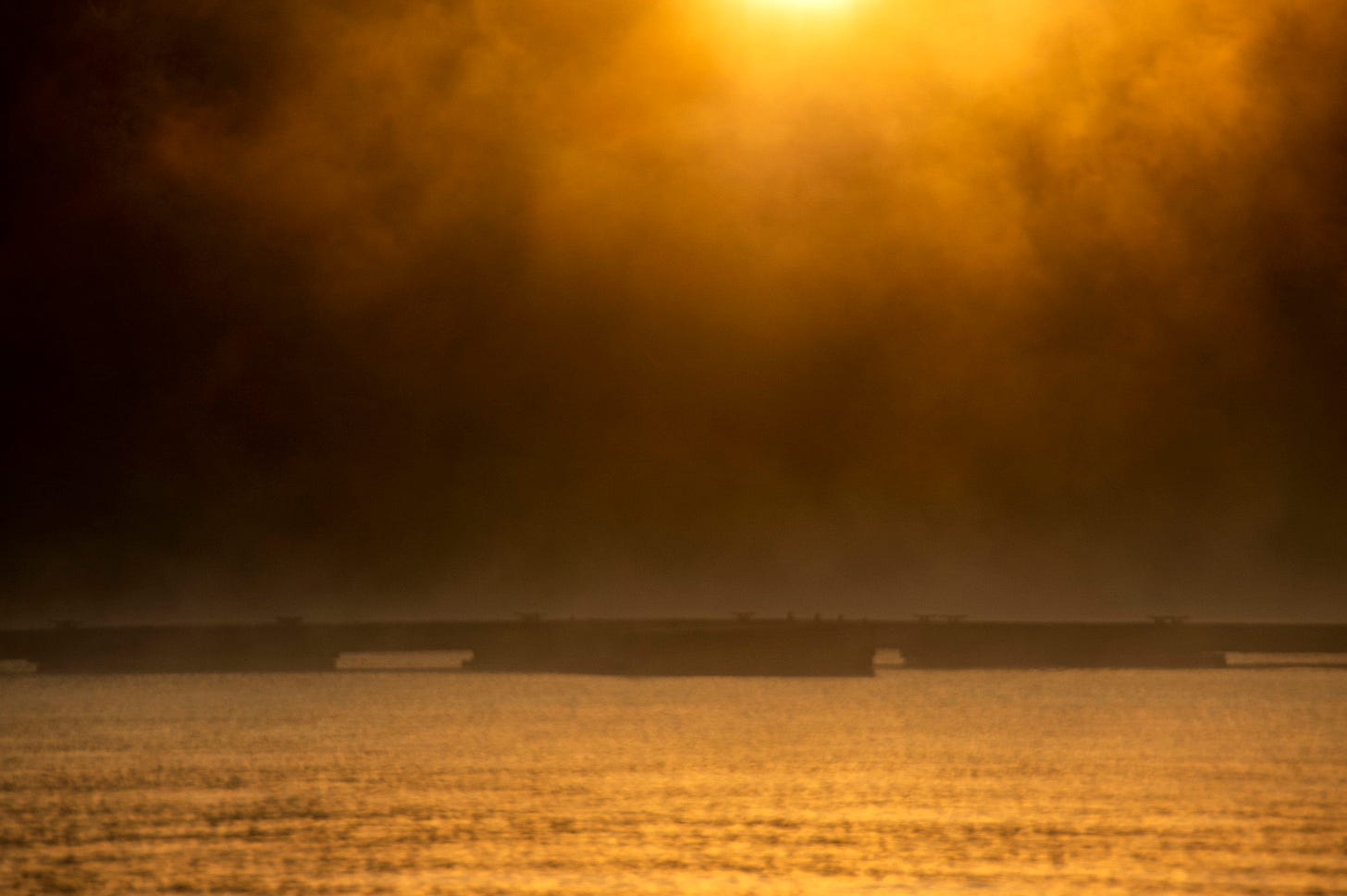
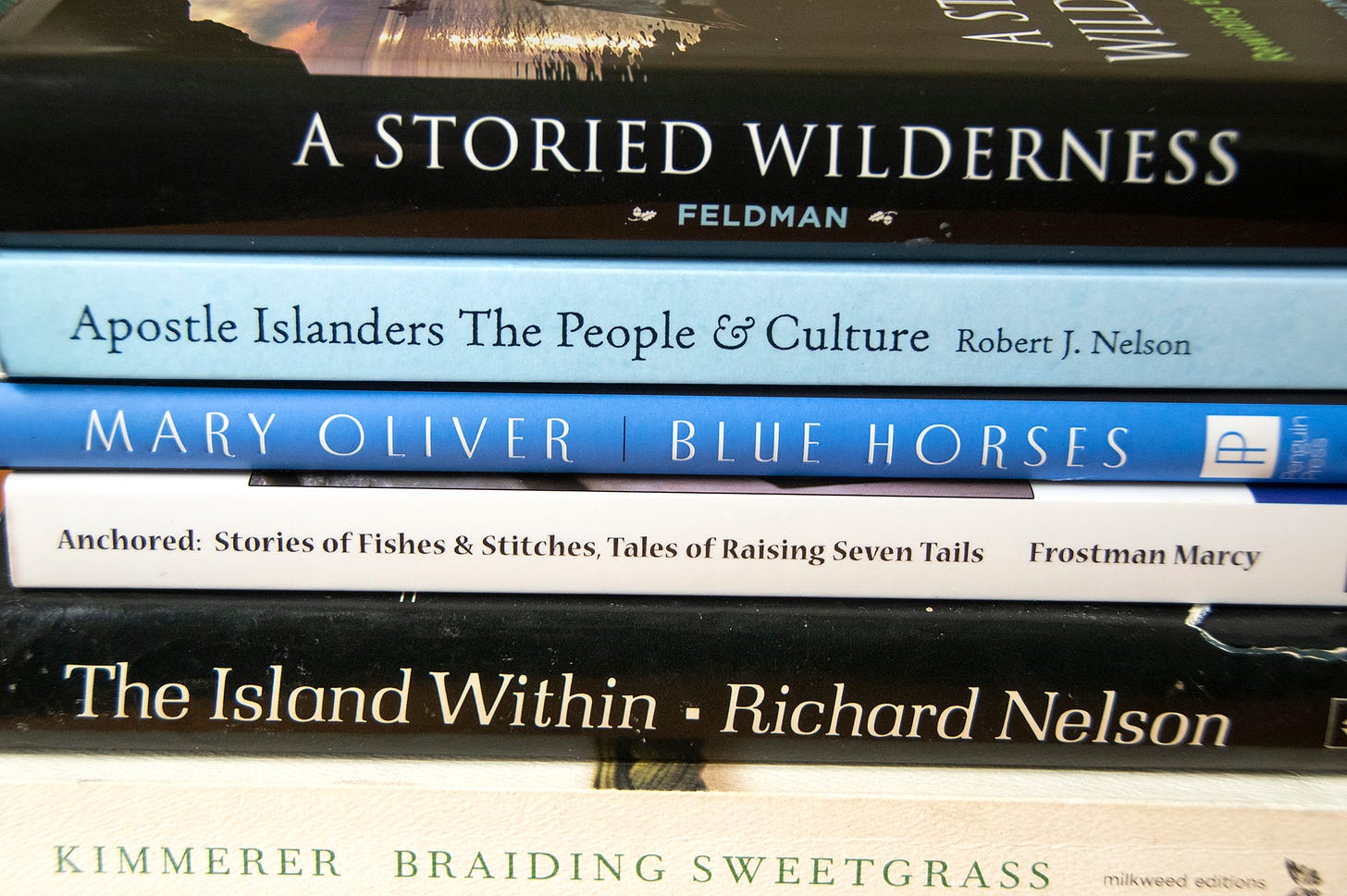
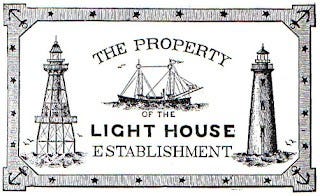
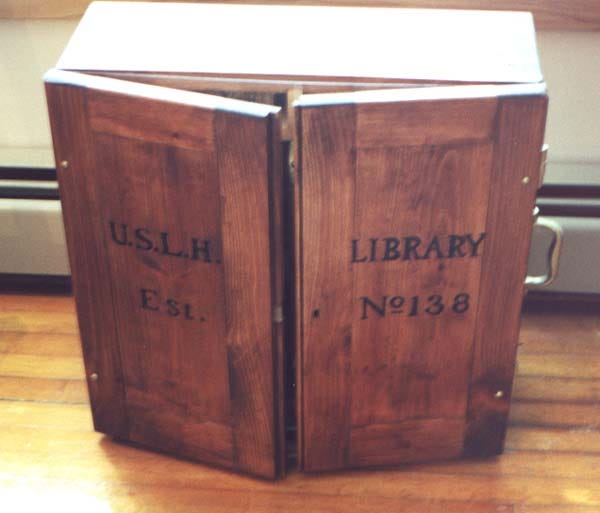
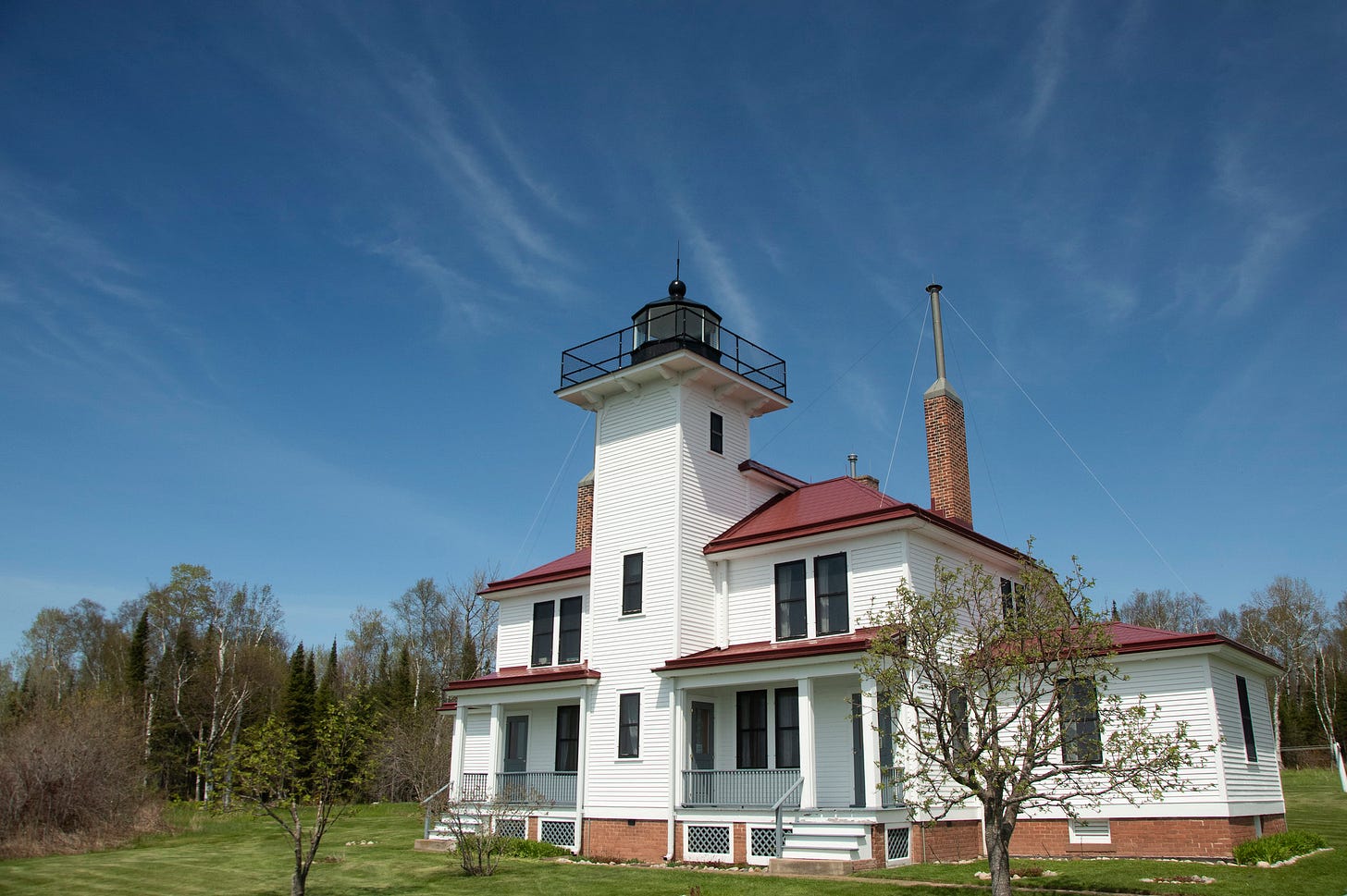
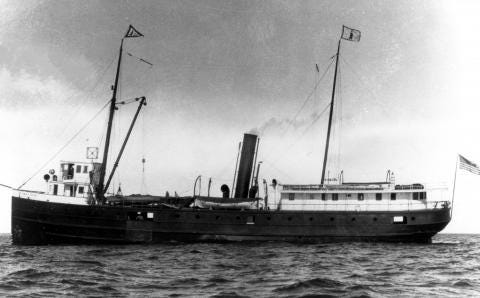
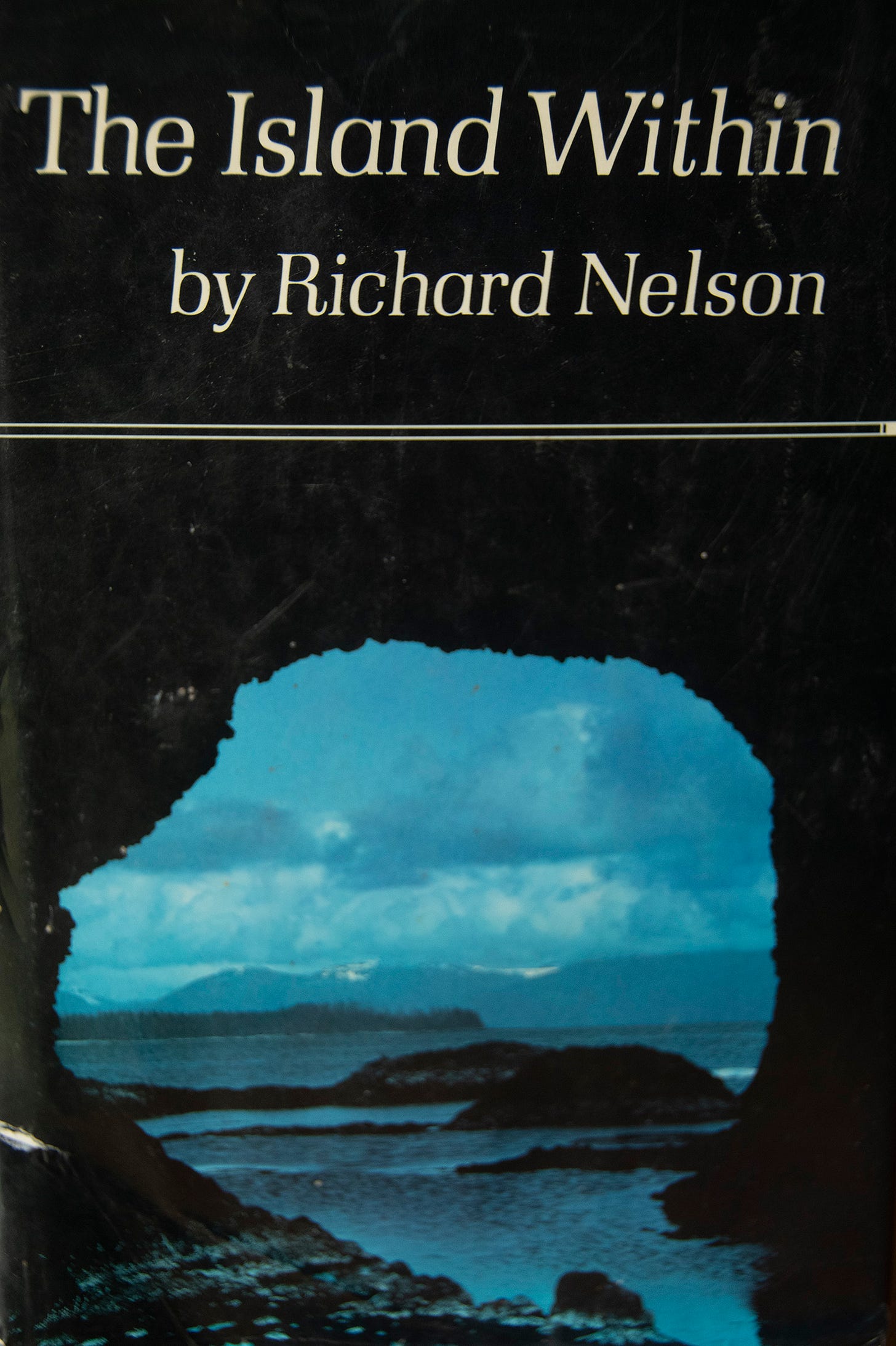

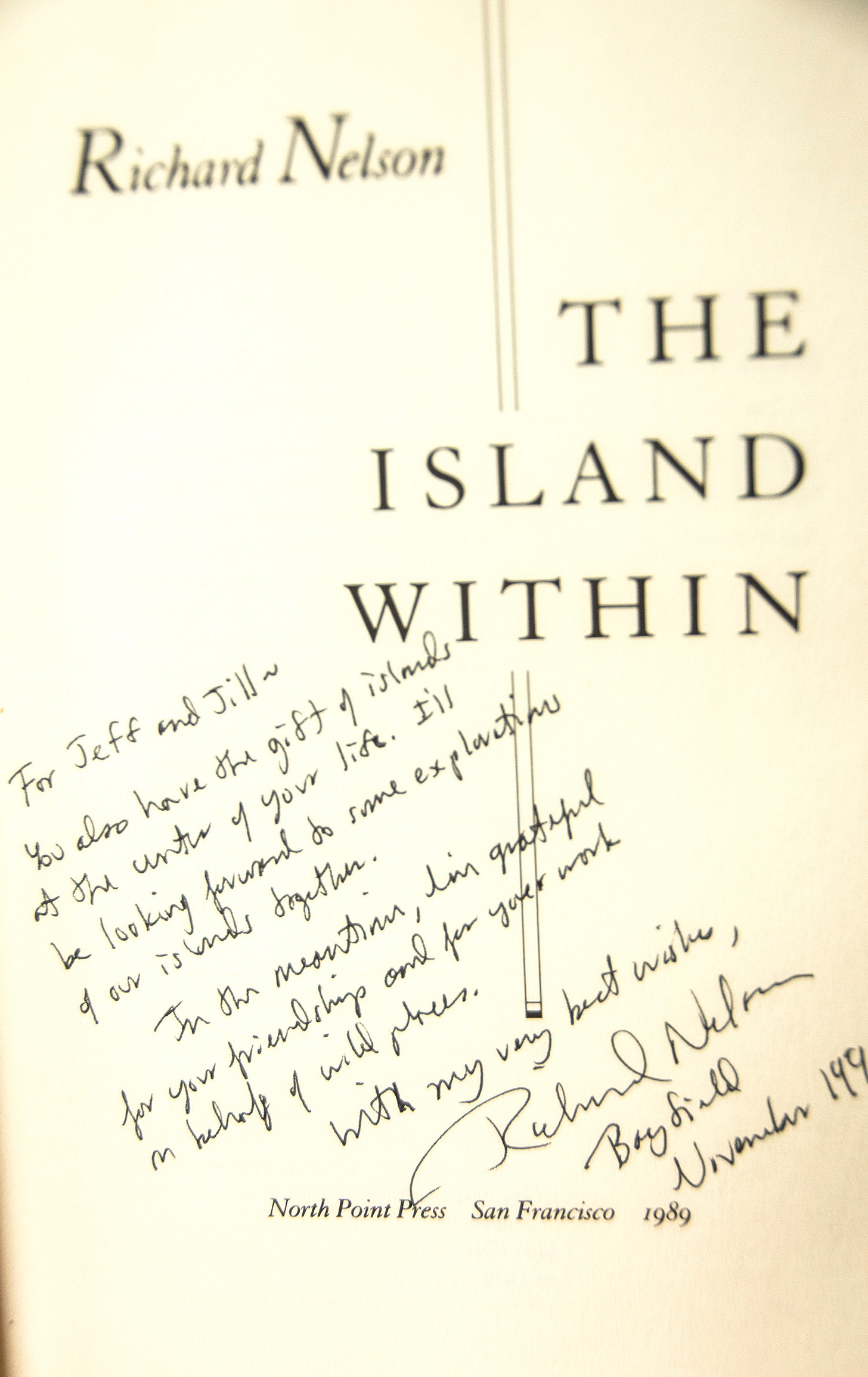

So beautifully written, Jeff.
loved foggy days on the islands--peaceful and quiet and serene.